What is AI for Good?
“AI for Good” means that AI technology is not used merely to make money or pursue efficiency, but rather is applied for the sake of people and the planet. In simple terms, it is AI designed and deployed to help solve worldwide issues such as climate change, health challenges, and educational inequality.
Today, we often think of AI as a search assistant, translator, or chatbot, but in reality, AI is already changing the world as we speak. What matters is not how smart it is, but for whom and for what it is used.
―
It Wasn’t a Human,but AI, That Preventeda Landslide in the Himalayas
―
The following image shows landslide risk zones in the Himalayas observed via satellite. (Source: IIT TECH EMBIT)
(Dark red: Extremely high-risk zone / Red: High-risk zone / Green: Safe zone)
In the spring of 2025, a sudden landslide struck a village near the northern Indian Himalayas. Astonishingly, the first to detect the warning signs was not a person, but an AI system.
India’s space agency, ISRO, in collaboration with NASA, used AI-based satellite imagery to detect anomalies within minutes and automatically issued an alert.
Thanks to this, hundreds of residents could evacuate in advance. On social media, this news was shared millions of times, and the hashtag #AIhero trended, praising “AI as the real hero.”
In this way, AI is playing an active role in addressing global challenges—from the climate crisis and health issues to disaster response and food shortages.
―
The World Is Now Taming AI
―
(Source : ITU)
Though AI technology is advancing rapidly, its benefits are not reaching everyone equally. Developing countries, in particular, risk being left behind due to the digital divide. Therefore, the International Telecommunication Union (ITU), under the United Nations, launched the global “AI for Good” initiative in 2017.
What are this project’s goals?
• Use AI to support the United Nations Sustainable Development Goals (SDGs)
• Help developing countries learn about and adopt AI technologies
• Establish ethical guidelines so that everyone can use AI safely
More than 150 countries participate, sharing diverse technologies such as Google’s Flood Hub (for flood prediction), AI-based medical consultation systems in low-income nations, and AI-plus-satellite tools to enhance agricultural productivity.
The Organisation for Economic Co-operation and Development (OECD) is also analyzing AI’s impact on social welfare, labor markets, and climate policy in its report AI in Society.
Furthermore, in 2024 the European Union (EU) became the first to pass an “AI Act,” legally regulating AI according to its risk level. Centered on human rights and transparency, this is the first global attempt to ensure AI is used “for good.”
Quick summary:
• AI should be a technology for everyone.
• International norms, cooperation, and education are necessary.
―
Global ChallengesAI Is Tackling
―
These days, AI is truly acting like a superhero across many fields. It’s not just a technology—it’s a tool that saves lives and protects the planet.
• Climate Response: AI-based weather forecasting models detect and respond to extreme rainfall and flooding early. (Example: DeepMind’s NowCasting)
• Medical Innovation: AI is improving early diagnosis accuracy for cancer, eye diseases, and mental health issues. (Example: Google Health’s breast cancer diagnostic AI)
• Smart Agriculture: Crop monitoring and intelligent fertilizer systems help address food insecurity. (Example: John Deere’s smart tractors)
• Energy Conservation: AI-driven building HVAC optimization and smart-city energy management contribute to carbon reduction. (Example: Google data center cooling AI)
―
We Needan AI Rule Book
―
(Source : Paul Ohm, assisted by DALL-E)
For AI to be used “for good,” rules are essential. Accordingly, in 2021 UNESCO created an AI ethics guideline that 193 countries can follow.
UNESCO’s “11 Promises for AI”
1. Respect Human Rights
AI must not infringe on people’s rights and freedoms.
2. Protect the Environment
AI must not harm the planet. It should reduce energy waste, cut e-waste, and contribute to climate action.
3. Fairness and Inclusion
AI must operate fairly for everyone.
4. Guarantee Privacy
AI must not handle personal data arbitrarily.
5. Data Protection and Security
AI must be impervious to hacking. Systems must be secure, and data must be protected.
6. Accountability and Transparency
AI decisions must have a responsible party.
7. Explainability
“Why did it decide that?” must be knowable for AI to be genuine.
8. Governance and Regulation
AI cannot be created and used at will. International standards and norms are necessary.
9. Capacity Building and Education
Education is needed so that everyone can understand and use AI.
10. Contribute to Sustainable Development
AI must be more than a clever technology; it must serve the UN Sustainable Development Goals (SDGs).
11. Promote Peace and Democracy
AI must be designed to strengthen social cohesion and democratic participation, not stoke conflict.
―
An Important Questionfor Us Right Now
―
At this point, we must ask:
“Whose AI is this?”
AI is becoming smarter every day, but the real issue is with what intent and responsibility we use this technology. Particularly for Gen Z—digital natives who will both lead and be most affected by the AI era—it’s not enough to consume AI as a mere technology.
We must envision it as public technology that solves climate, inequality, and health issues together.
―
Human Will MakesTechnology Good
―
When fire was discovered, it lit up the night; when electricity was harnessed, it powered cities. When the atom was split, we created atomic bombs that destroyed cities. Technology always comes with both light and shadow.
Now in our hands is the wondrous tool called AI. What matters most is with what heart and for whom we use it.
“AI for Good” means planting ethics into technology, infusing humanity into data, and embedding the public interest into algorithms.
In other words, AI is not just an algorithm but a technology we “co-create,” carrying human values and decisions.
“AI for Good” is not a finished answer. It begins with the questions, choices, and imagination of each of you reading this.
“If artificial intelligence is to resemble humanity, what kind of humans should we become first?”
– François Chollet, AI researcher
Written by Sharon Choi
Director of Planning
Sunhak Peace Prize Secretariat
⟪Get the Key Points in a Flash!⟫
↓↓↓
References:
· ITU. “AI for Good.” International Telecommunication Union
· UNESCO. Recommendation on the Ethics of Artificial Intelligence, 2021
· OECD. AI in Society. OECD Publishing, 2019
· European Commission. Artificial Intelligence Act, 2024
· DeepMind. “GraphCast.”
· Google Health. “AI in Breast Cancer Screening.”
John Deere. “Precision Agriculture Technologies.”
· Google Sustainability. “Reducing Energy in Data Centers.”
· François Chollet, AI Research and Ethics. Twitter/X Feed and Interviews, 2022
15 July 2025
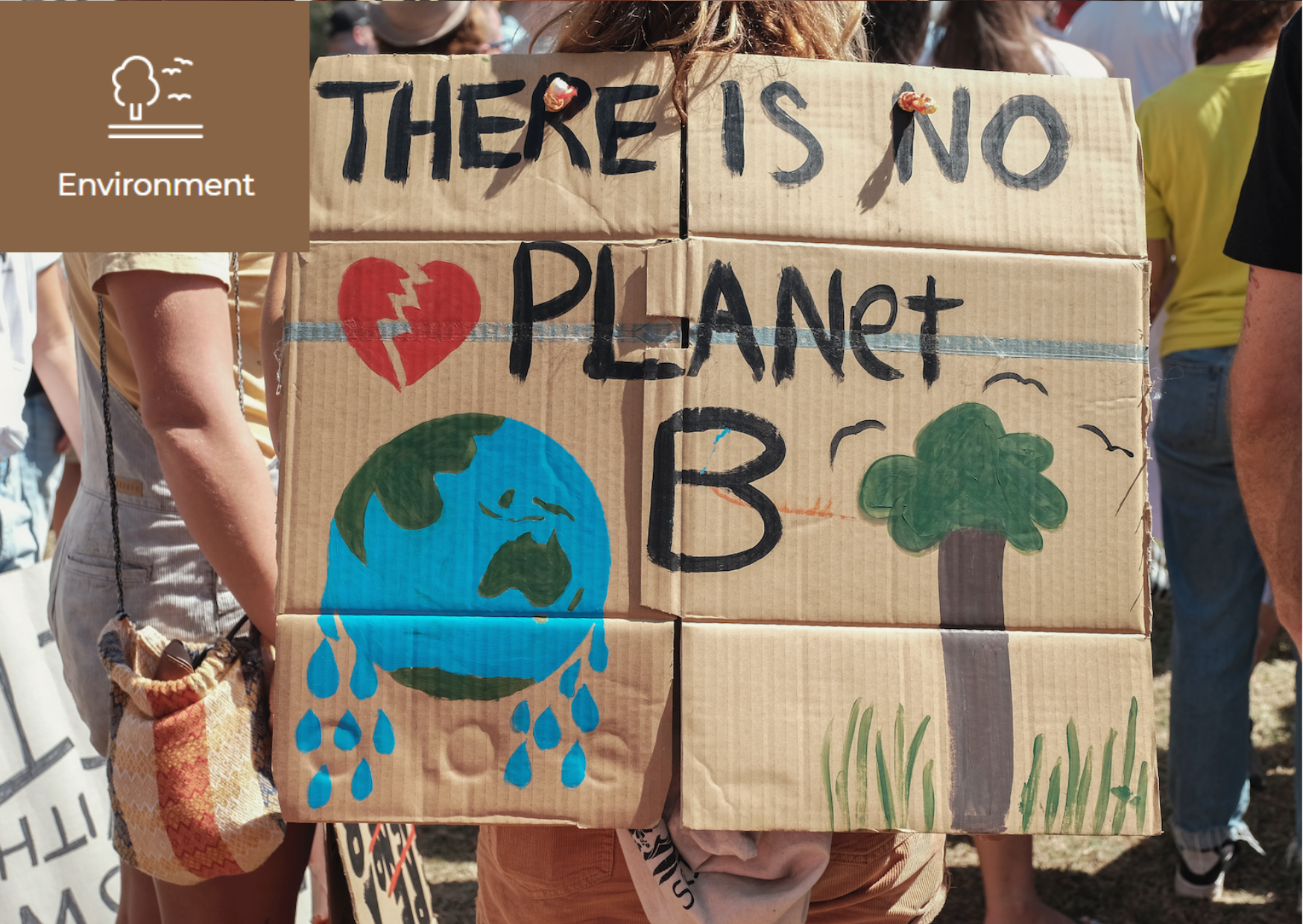 Solution for the ‘Three planetary crises’ 21 May 2021
Solution for the ‘Three planetary crises’ 21 May 2021 Disaster drives inequality, inequality prevents peace 20 May 2021
Disaster drives inequality, inequality prevents peace 20 May 2021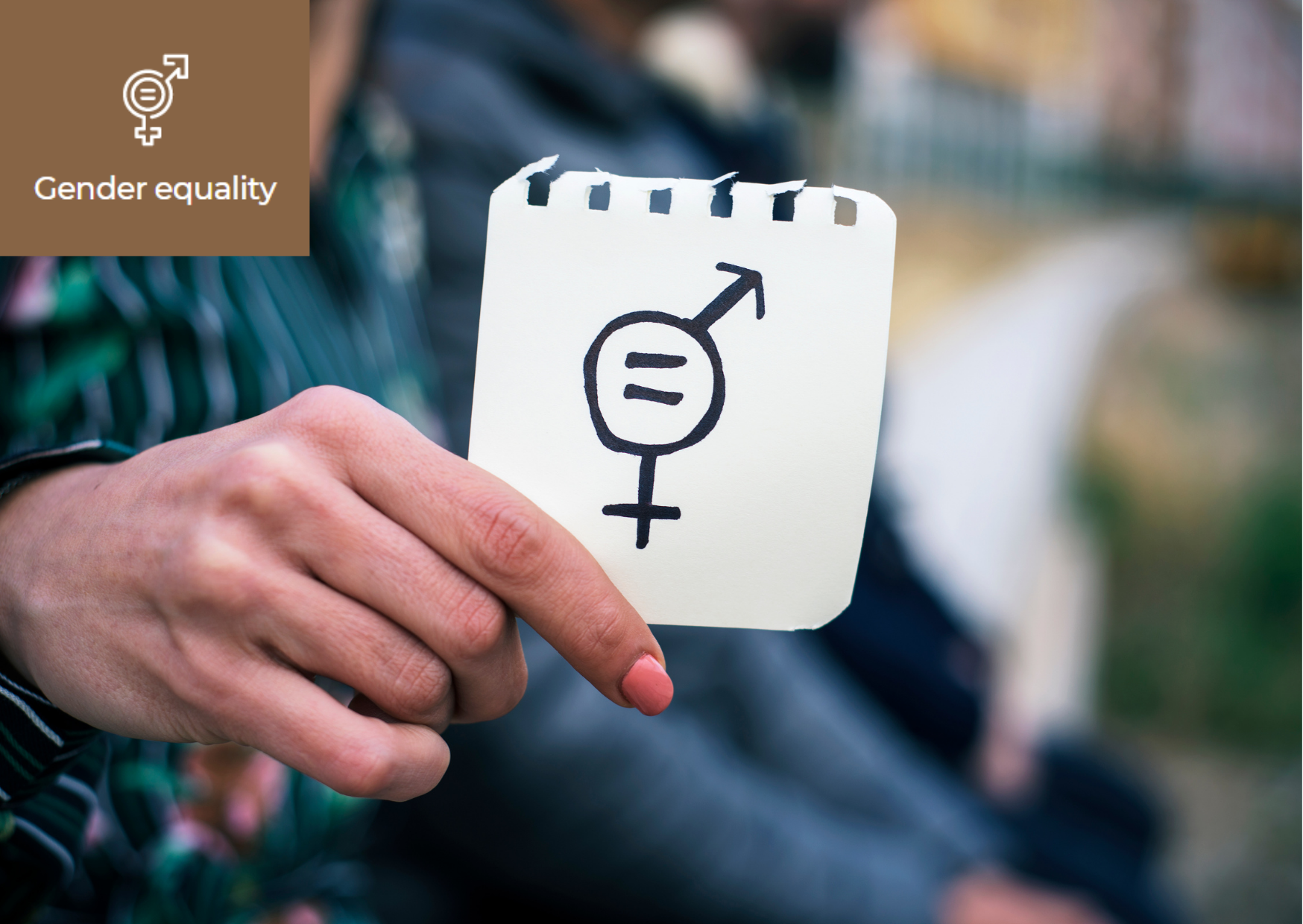 135.6 years. The time it takes to reach equality between men and women. 17 May 2021
135.6 years. The time it takes to reach equality between men and women. 17 May 2021 Zero hunger! For a world without hungry people 7 April 2021
Zero hunger! For a world without hungry people 7 April 2021 As the world gets smaller, we need to become global citizens who solve global challenges together 7 April 2021
As the world gets smaller, we need to become global citizens who solve global challenges together 7 April 2021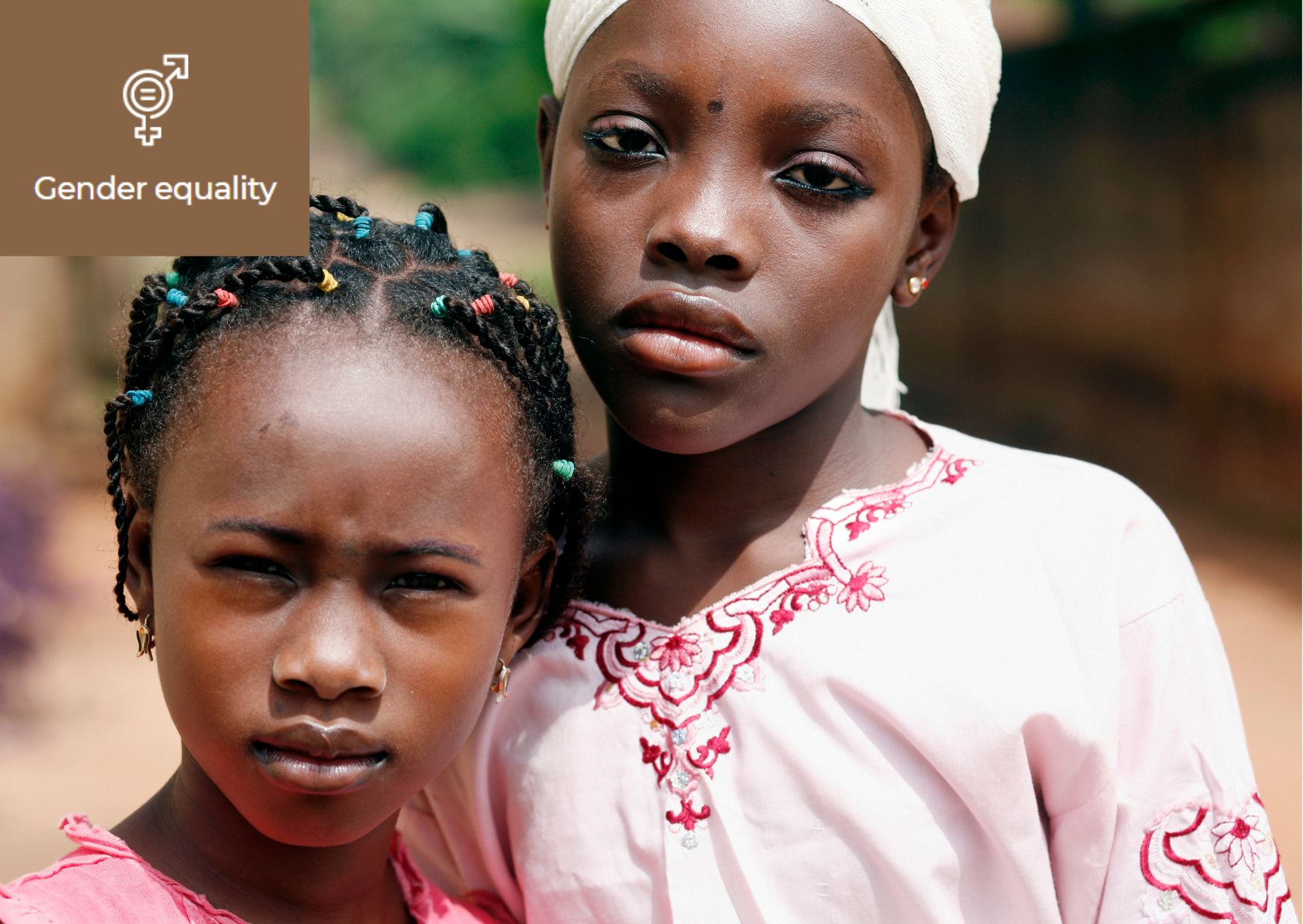 Female genital mutilation, a practice that needs to end 7 April 2021
Female genital mutilation, a practice that needs to end 7 April 2021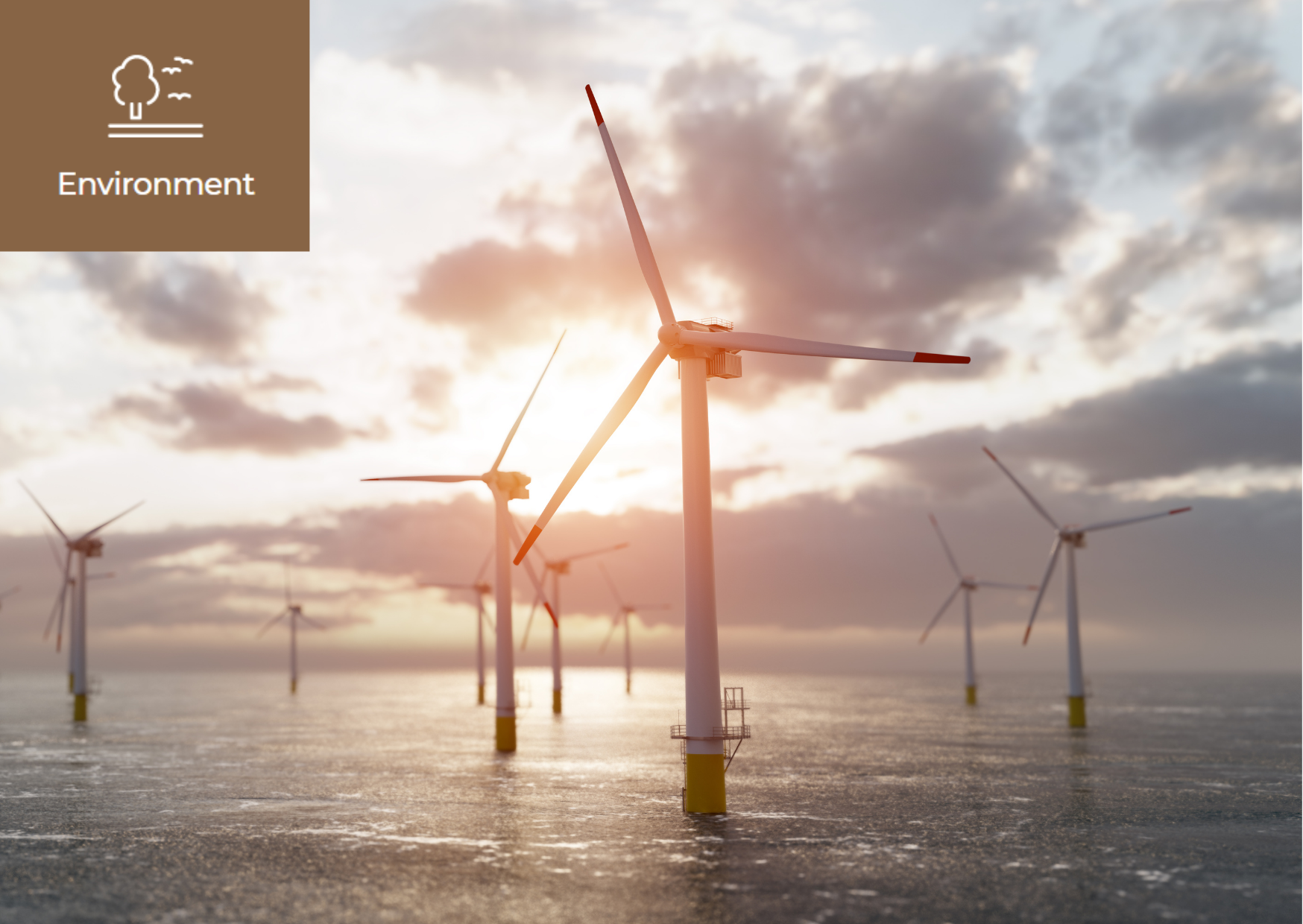 Things we must do for a sustainable ocean 7 April 2021
Things we must do for a sustainable ocean 7 April 2021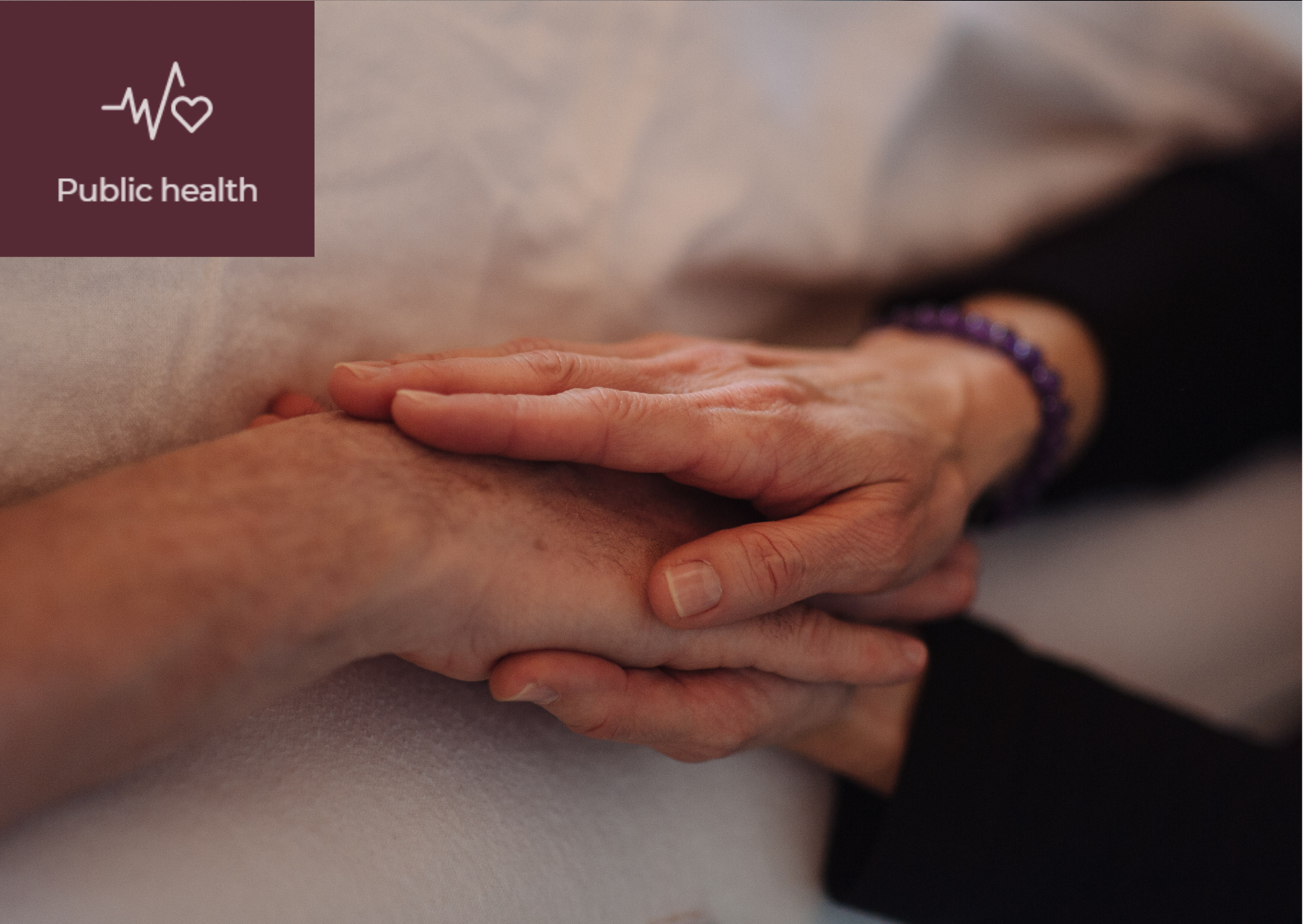 Every human being has the right to be cured 7 April 2021
Every human being has the right to be cured 7 April 2021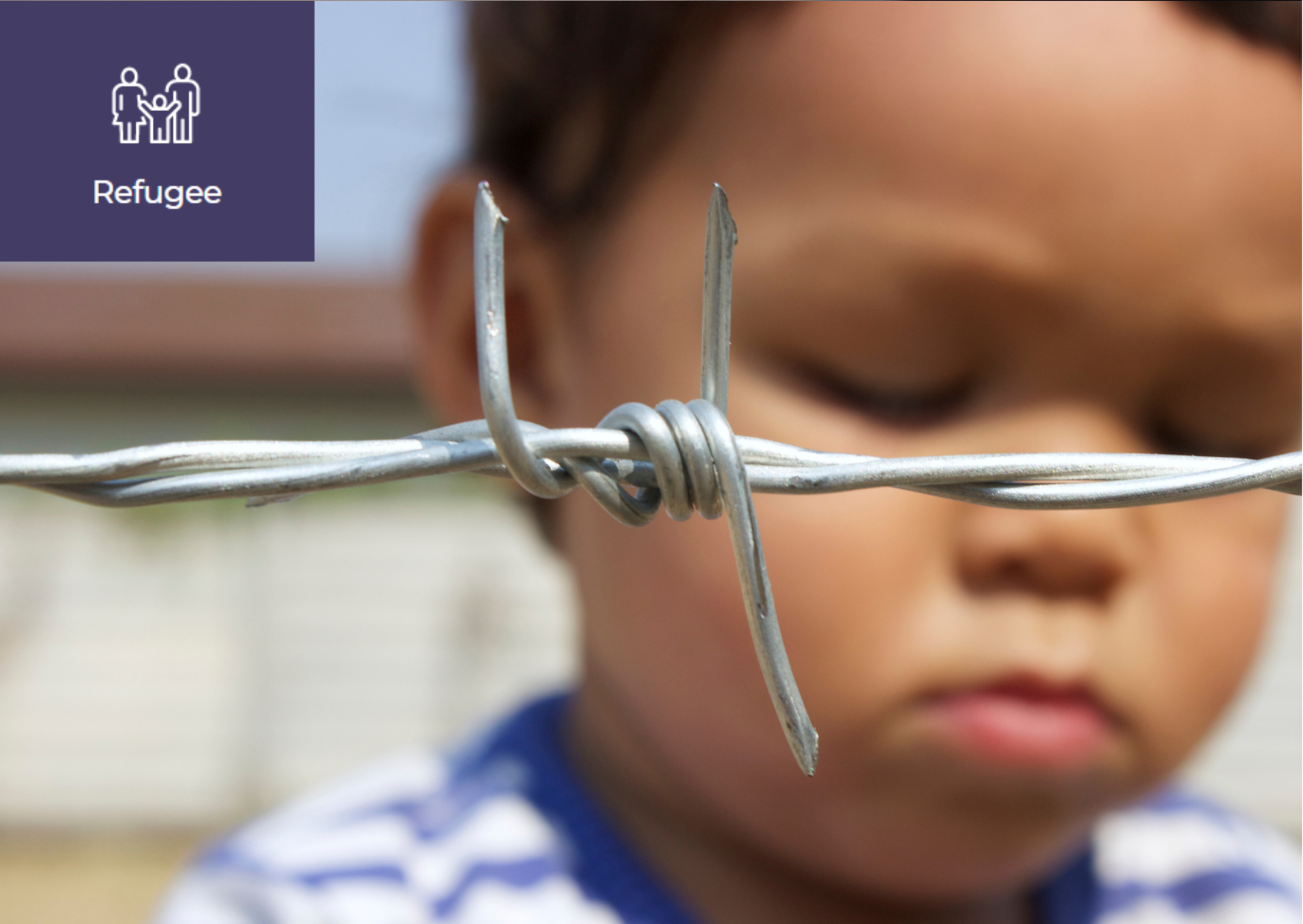 We need to create a better world where we live together with refugees 7 April 2021
We need to create a better world where we live together with refugees 7 April 2021 Why we need to take immediate action to stop climate change 7 April 2021
Why we need to take immediate action to stop climate change 7 April 2021

![[What is AI for Good?] 이미지](http://www.sunhakpeaceprize.org/data/bbsData/17525703069.png)